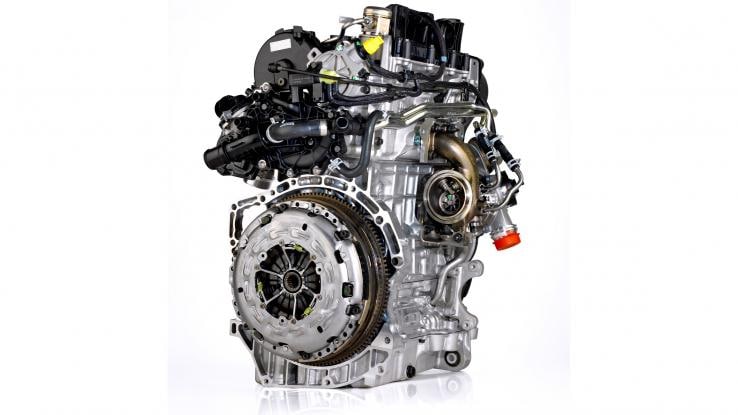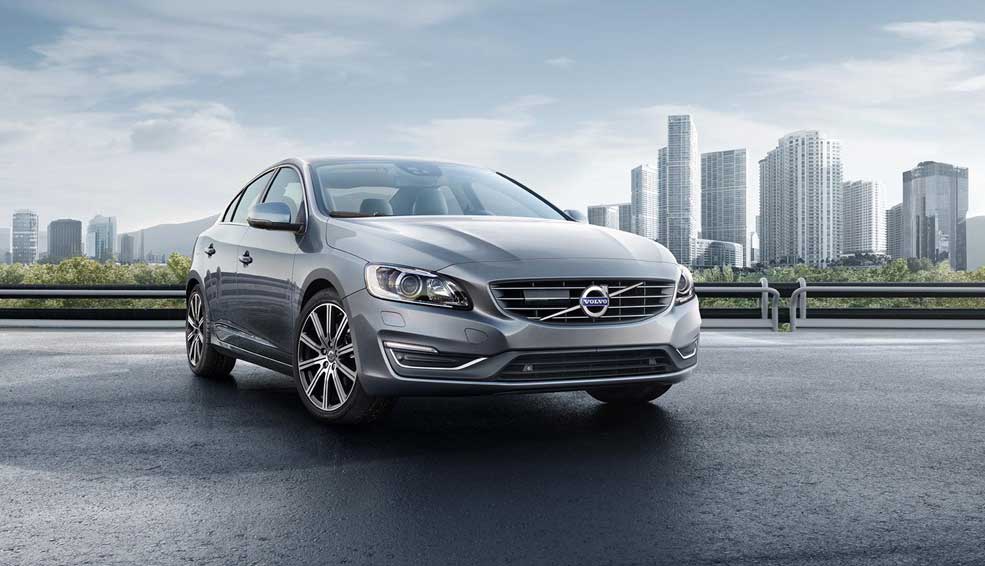
For the past few years, Volvo has been tirelessly developing a new three-cylinder engine. Their newest and most versatile power plant will serve as the foundation for replacing its larger engines and helping the car company achieve its fuel economy and emissions goals.
Here in America, where we tend to equate bigger with better, there may be some doubt about buying a car with a smaller engine. Even though the engine is still in the prototype stage, it has already demonstrated that it's powerful enough to satisfy America's need for power and quickness. That's because it features a turbocharger and other engineering tweaks to make it competitive with larger engines.
When tested by the media at Volvo's test track in Gothenburg, Sweden late last year, the prototype impressed the drivers when fitted in a V40 Cross Country. They reported that the “little engine” never seemed to run out of power and that it felt more responsive and sounded better than many four-cylinder engines on the market.
Although this is Volvo’s first attempt at designing a three-cylinder engine, they seem to be off to an excellent start. They developed the engine in record time—just 48 weeks—using computer simulations to optimize performance before even one part was built. Promising to play a big role in Volvo’s future, the new engine won’t make its debut for several more years.
The Goal of the Three Cylinder Engine is Increased Fuel Efficiency
Thinking of their competitiveness in international markets, Volvo is developing the three-cylinder engine to help meet their aggressive internal fuel economy standards as well as Euro 7 emissions requirements that go into effect in 2020. Their plan is to achieve their fuel economy and emissions goals without having to rely on hybrid technology.
According to Peter Martens, Volvo's Vice President of Research and Development, “We are doing it for the customer, rather than being forced by legislation.” The move to create a three-cylinder engine has other advantages as well. Because of its modular design it will be easy for Volvo to attach an electric starter to create a hybrid version that will further exceed government standards.
In addition, because its construction is so similar to existing engines, Volvo can save money by manufacturing the new engine on their existing assembly lines. That gives Volvo the flexibility to control its output based on market demand.
S60 Sedan, V60 Wagon, and XC60 Crossover to Receive the Three Cylinder Engine
Don't worry. Volvo hasn't forgotten that it is a luxury brand. The mention of three-cylinder engines may cause some to worry about noise, vibration, and harshness due to the uneven number of cylinders. To deliver the luxury ride that the public expects, Volvo has designed a balance shaft and wider crankcase to stiffen the engine’s structure and smooth out any harshness.
When the new engine does hit the market, you can expect to see it in the 60-series models like the S60 Sedan, V60 Wagon, and XC60 Crossover. All of the current inline-six and inline-five engines will be replaced by the newer, more efficient powertrain. “We have learned a lot from the development of our four-cylinder Drive-E engines and translated this into a highly responsive, compact, and powerful premium-quality three-cylinder engine,” said Michael Fleiss, Vice President Powertrain at Volvo Car Group.
Fleiss went on to say that he expect that their three-cylinder engine will get even better before it is ultimately introduced to the market. “You have to understand that this engine will be launched in a few years, and when you drive the car, it is already in a very good state. So just imagine if you have two more years’ time to develop it.”
Visit us at Volvo of Bonita Springs to learn more about Volvo’s development of their three-cylinder engine.
